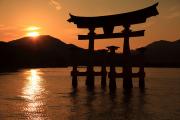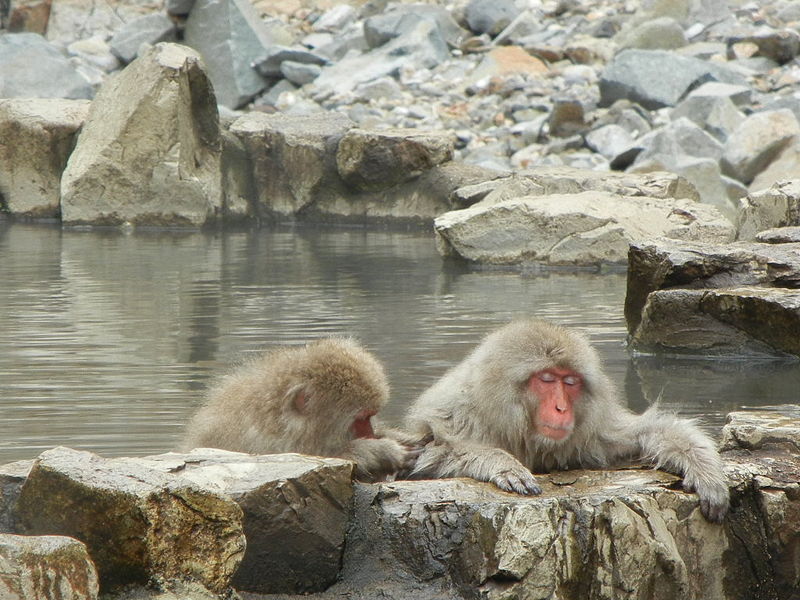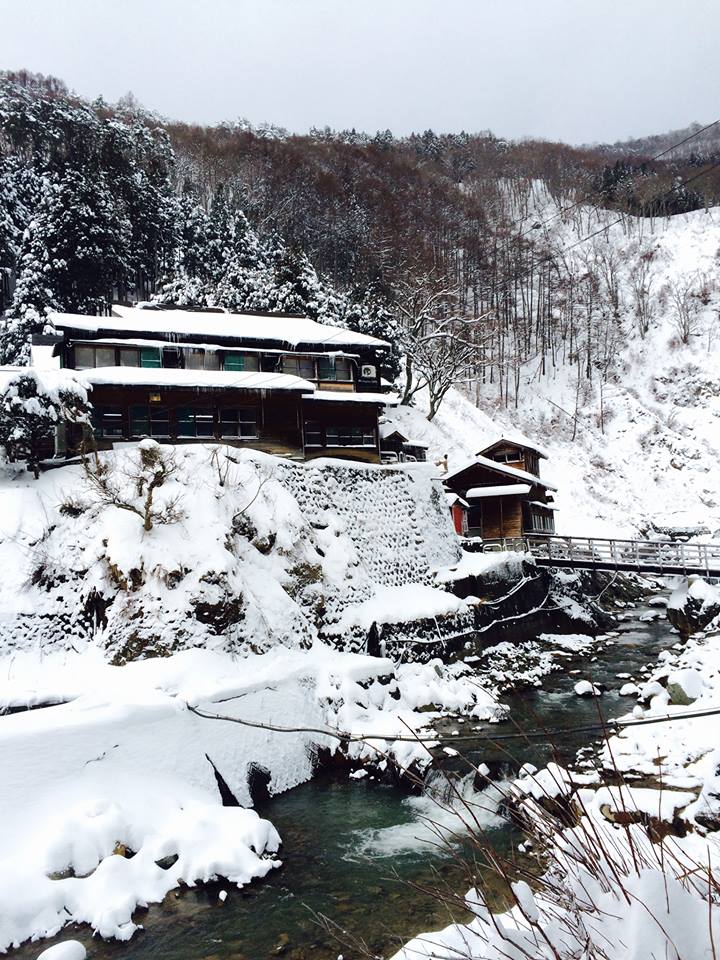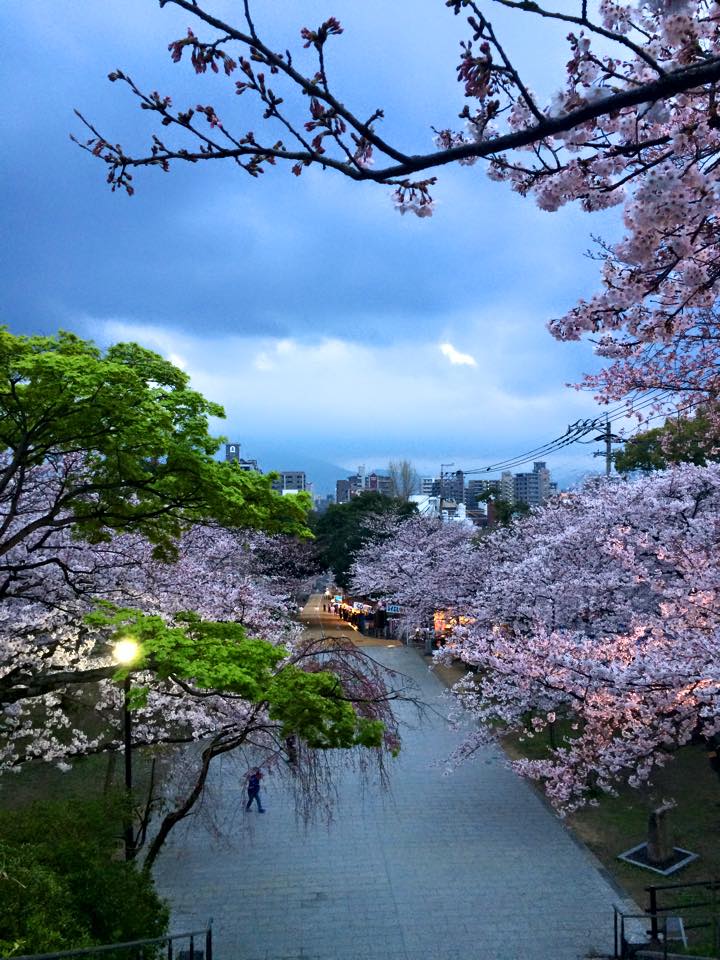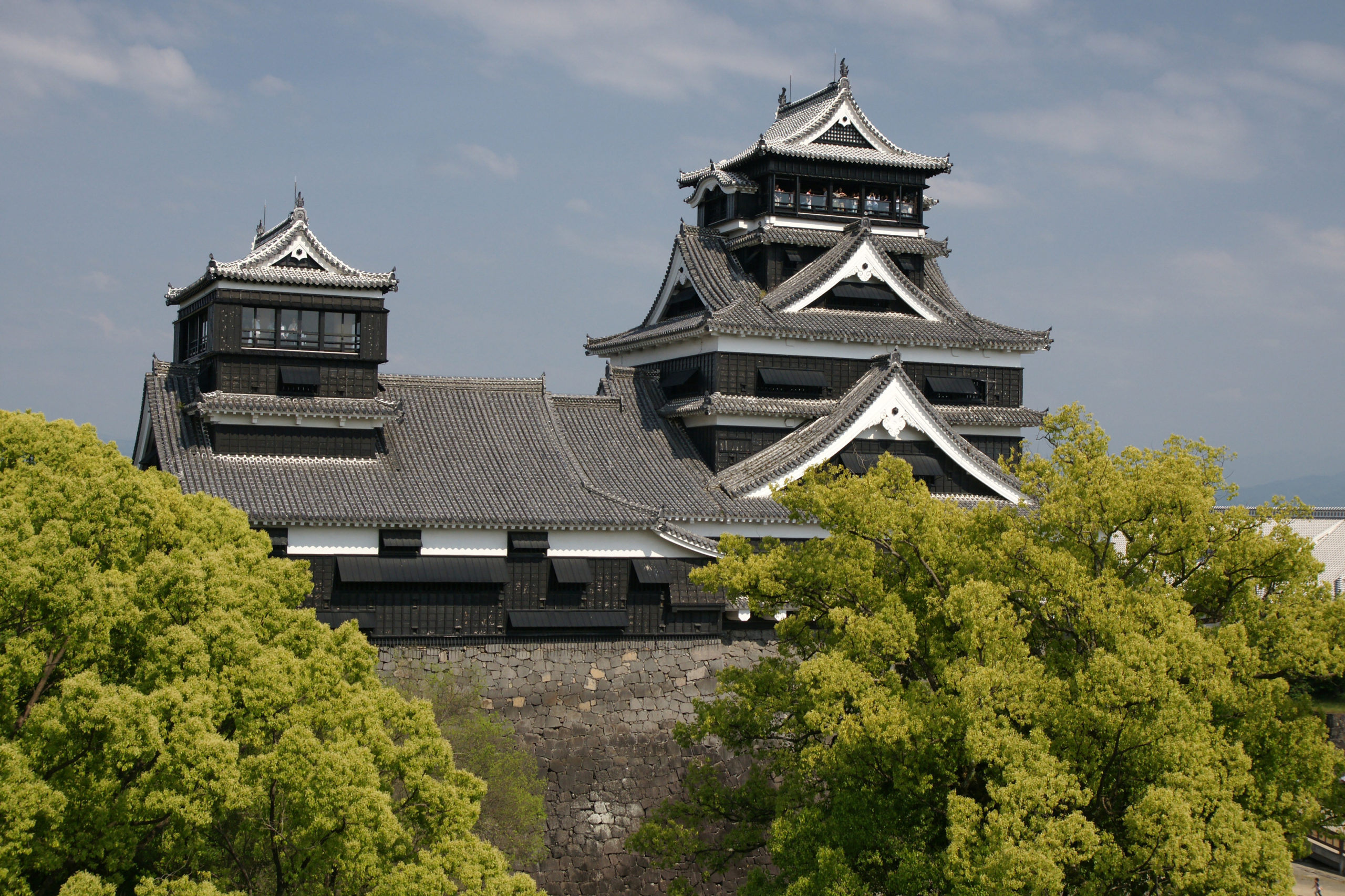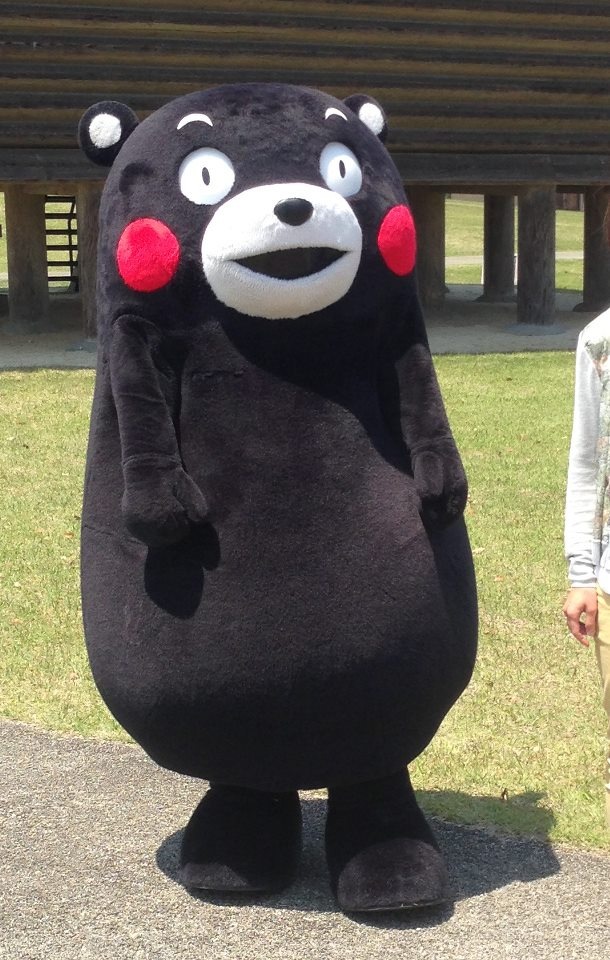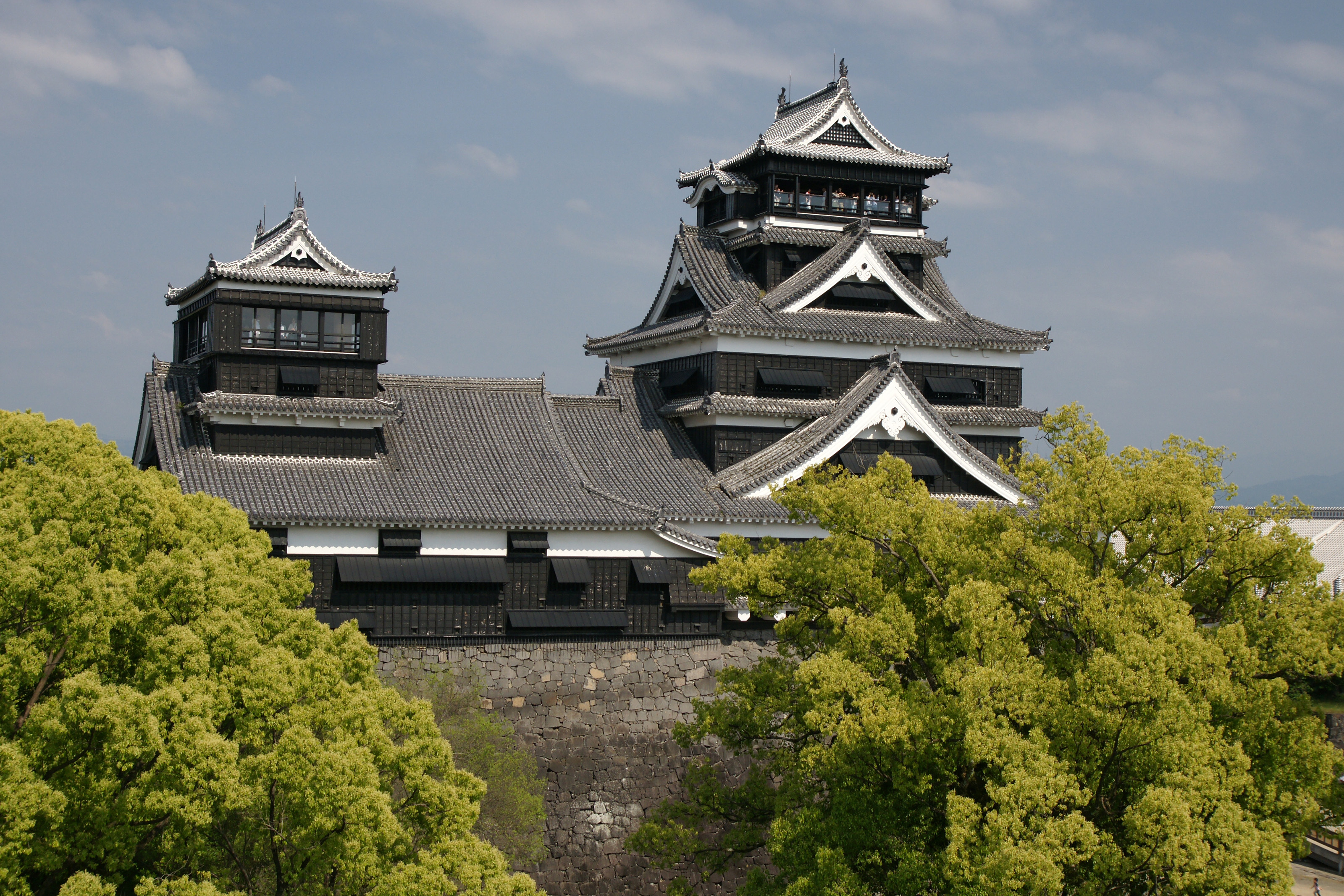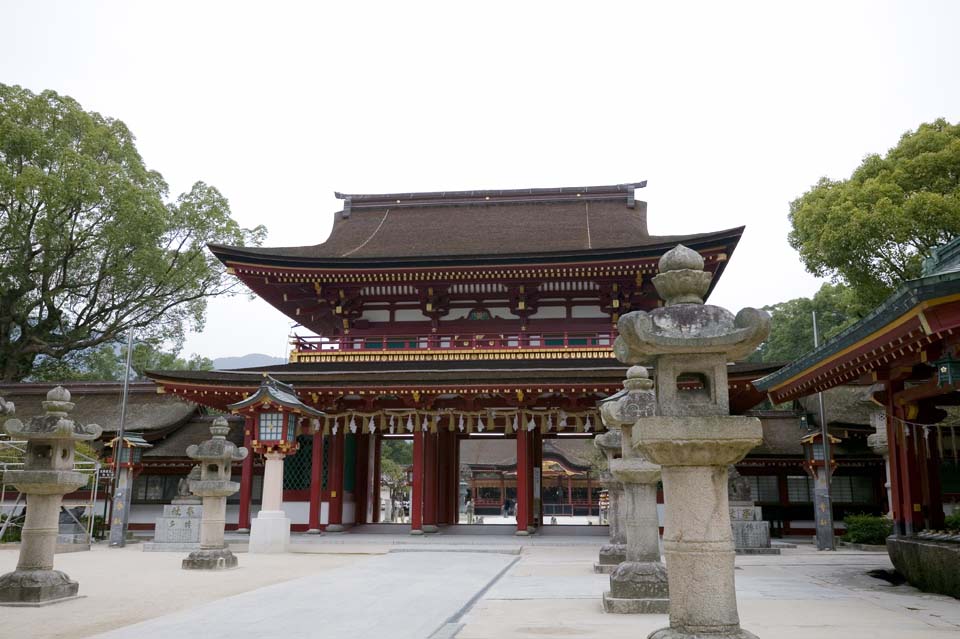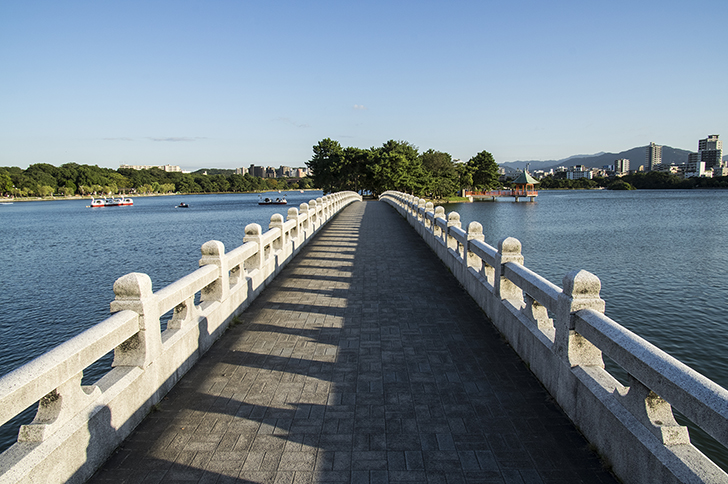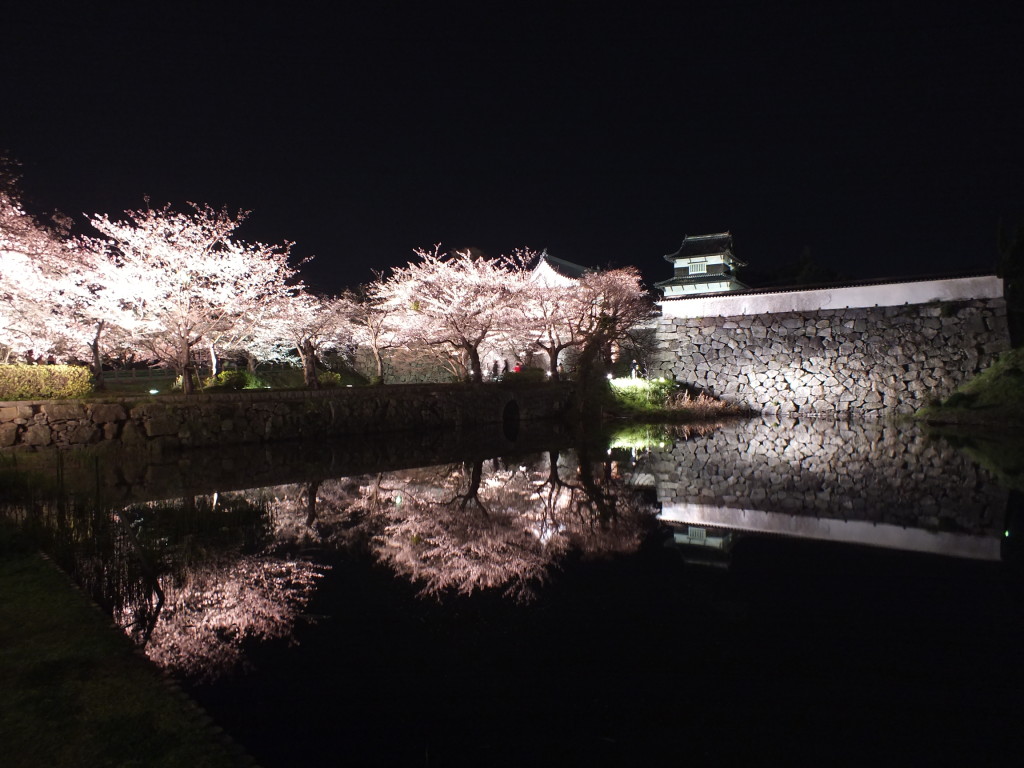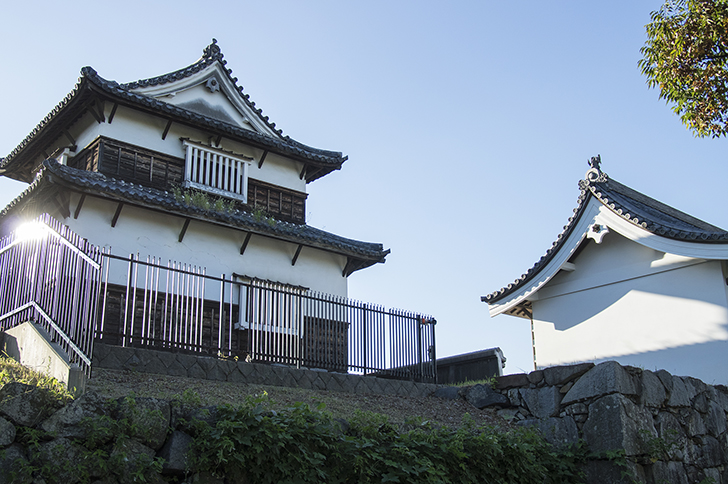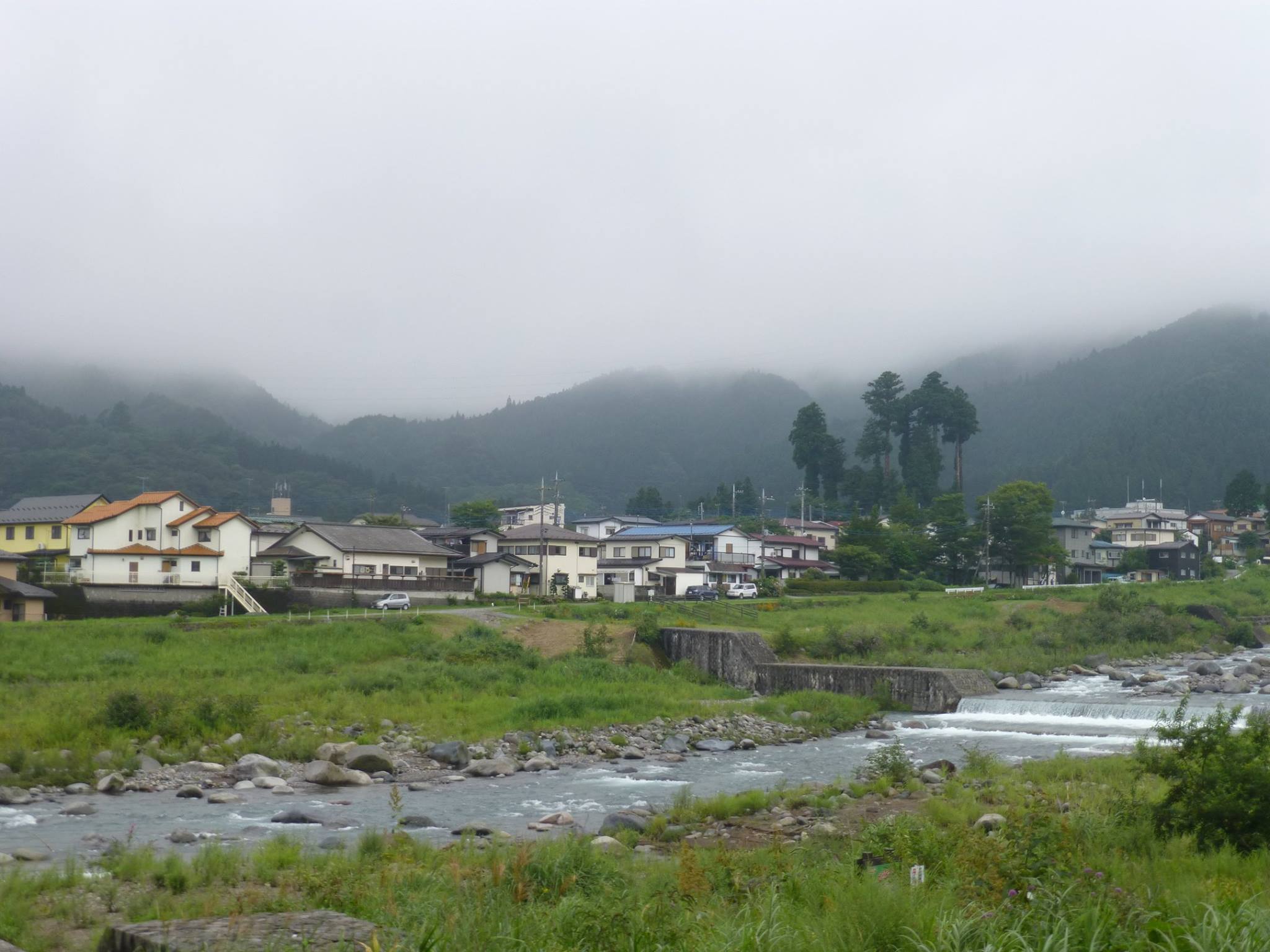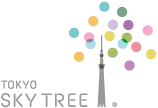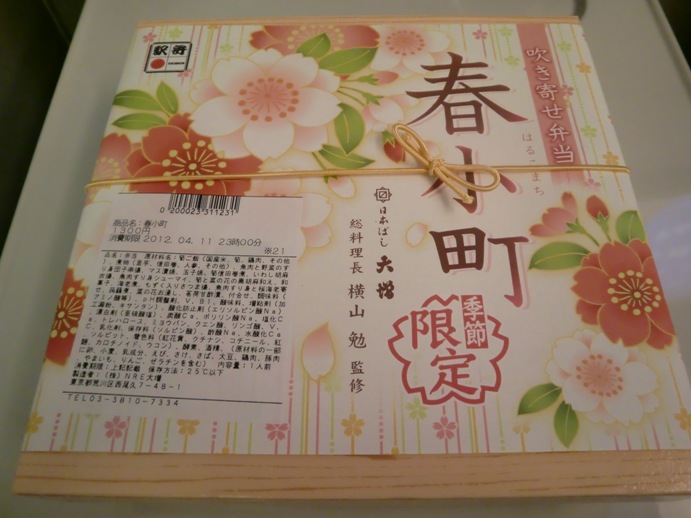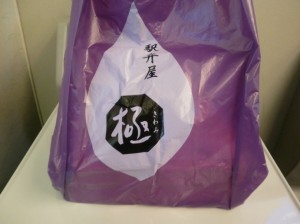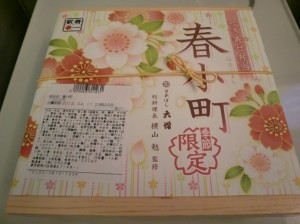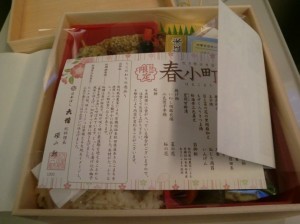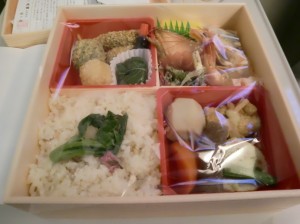Japan’s Three Finest Views: Miyajima
Around the world, UNESCO World Heritage Sties are very well known. Just by making this list, a destination would instantly become a top travel destination. In Japan, there is a ranking system that is somewhat similar to the UNESCO World Heritage Sites but is unique to Japan. It ranks the “Top Threes” of Japan for several different categories, including one of which I will introduce to you today. It is called the Three Finest Views in English on “Sankei” in Japanese.
The “Three Finest Views” refers to the beauty of the scenery and the overall awe-inspiring impact of the location itself. The perhaps most well known of these three views is Miyajima. Miyajima is a small island about a 10 minute ferry ride away from the port at Hiroshima. In traditional times, this island was known as the Island of the Gods, and humans were not allowed to live on the island. Because of this, there is a famous red “torii” (gate) near the shore of Miyajima. This torii is meant to separate the secular and divine worlds in Japanese religious belief.
Torii are often found outside many shrines, not only at Miyajima. However, what makes Miyajima truly spectacular is that as it is located on the shore, you can see it both at high tide and low tide. While this may seem insignificant, if you happen to see if it high tide, you will be taken aback by the beauty of the torii that looks as if its just floating upon the water. It is honestly a once in a lifetime type of view that will remain with you even long after you have left Japan.
If you want to make sure that you can see the torii at high tide, you can look up the high tide schedule in advance and plan your day accordingly. Although, depending on your preference, seeing the torii during low tide may well be worth your while too. At low tide you will be able to approach the torii and even touch it if you so like. By literally standing next to one of the holiest sites in Japan you may even feel spiritually rejuvenated. The high tide torii is the traditional breathtaking view, but the low tide torii definitely gives it a run for its money!
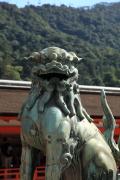
Many tourists to Hiroshima simply view Miyajima as an easy and convenient side trip after visiting the Atomic Bomb Dome and museum. However, animal, and especially deer lovers, I have good news for you! Many deer call Miyajima their home. The deer are mostly friendly and not dangerous, and you will see them everywhere!
Miyajima is a mystic place and not your ordinary tourist trap. If you are in western Japan or a planning a trip to Japan, I would definitely recommend you put Miyajima on your itinerary! You get outstanding views and maybe even a new deer friend!
